Everything you need to know about professional lip reading
Lip reading is one of these things that everyone knows what it is, but they don’t actually know very much about it.
There are some surprising facts about lip reading as well as some common misconceptions, so we’ve put together this short article to tell you everything you need to know.
What is lip reading?
Lip reading is exactly what it sounds like (pun intended).
By watching the shape a person’s lips make as they are talking, a professional lip reader can tell what that person is saying.
But it’s not just the movement of the lips. The speaker’s facial expressions, speech patterns, movements and gestures are all part of the discussion.
For deaf and hard of hearing people, lip reading is another level of communication, improving confidence and developing social skills.
Learning to lip read helps people remain connected to the world, maintaining relationships with friends and family, and being more active with society in general.
What is the biggest myth about lip reading?
There are a lot of assumptions about deaf and hard of hearing people, one of which is that lip reading is something that they can do naturally.
Lip reading is a skill, and one that’s very difficult to learn. It takes years of practice and determination, and even then it’s not for everyone.
Not all deaf people can lip read, just like not all deaf people know sign language. The ability to do both can depend on such factors as their degree of hearing loss, their upbringing, and their access to educational help.
How accurate is lip reading?
This is a difficult question to answer, as it’s not as simple one. There are many variables taken into consideration when judging the accuracy of lip reading.
Accuracy is at its highest when sitting one-on-one with no distractions, but when several people are talking over each other, obviously things become more difficult.
Add to that everyone’s style of speech is different – some people mumble for example or are speaking English as a second language – and you can see how lip reading isn’t an exact science.
Who might need professional lip reading services?
There are four main users of a professional lip reading service:
- Lawyers and law enforcement
- Security and surveillance companies
- The media looking for the inside scoop
- People with tracheotomies or on ventilators
The first two groups are usually trying to put dialogue to video footage either before or after a crime has been committed. Many CCTV systems don’t have audio to go with their footage, and so professional lip readers are brought in to fill in the gaps. This is known as forensic lip reading.
Lip reading is becoming more and more widely used in the media, especially in sporting events. Footballers are now even covering their mouths on the pitch when they talk to one another!
Finally, professional lip reading can be used in medical cases where the patient can’t speak. Tracheotomy patients are assisted by a lip reader deciphering what they’re trying to communicate, allowing health care professionals to spend more time providing patient-centred care and less time trying to interpret the patients’ message.
Contact 121 Captions for professional lip reading services
We are the UK’s number one company for professional lip reading.
Our clients include household names such as Sky News, The BBC, The NHS, and The Times.
121 Captions founder and owner, Tina Lannin was born deaf and relies predominantly on lip reading for communication. Not only is Tina an expert lip reader, but she can also lip read Arabic, German, Japanese, and Spanish.
Before starting 121 Captions, Tina worked as an expert forensic lip reader, assisting law enforcement in solving crimes. She is listed on the Expert Witness Register and has won a prestigious award at the Expert Witness Awards.
If you have any need for professional lip reading, then contact us today and we’ll be happy to help in any way we can.

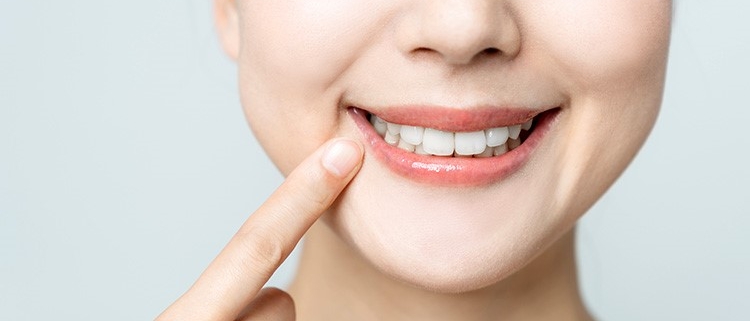
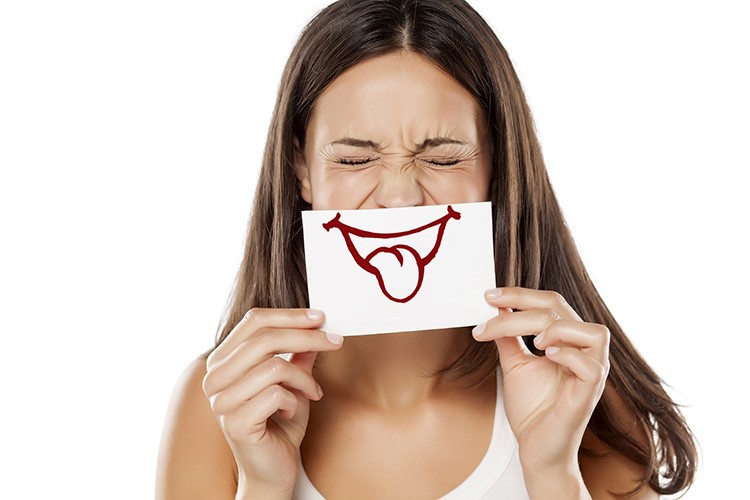
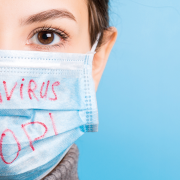
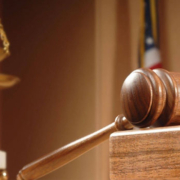
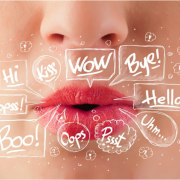


Leave a Reply
Want to join the discussion?Feel free to contribute!